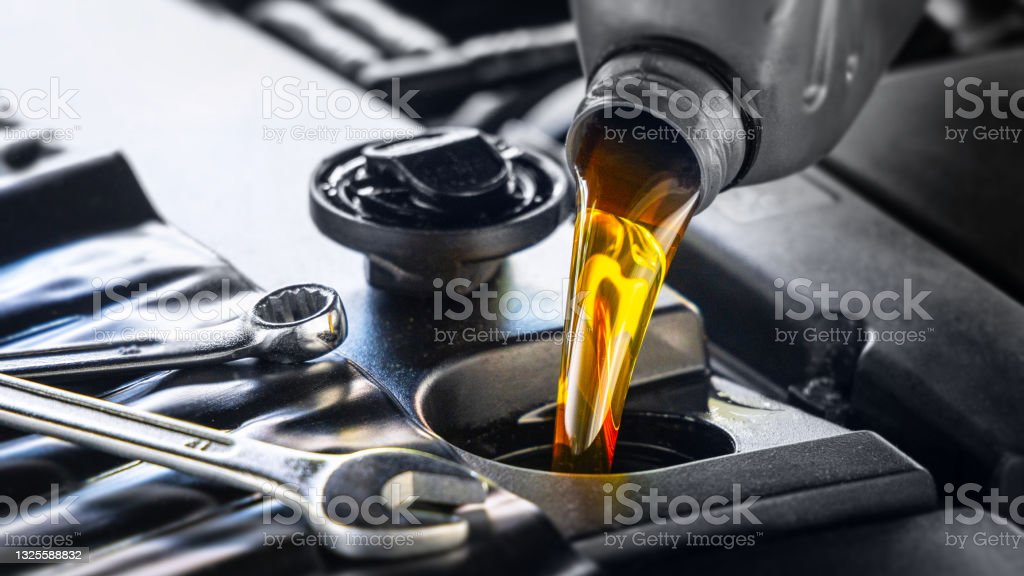India (Common Wealth) _ India is a bright light in the global lubricants market due to forecasts for significant growth. The same sentiment was expressed unanimously by industry professionals at a symposium about the world’s third-largest lubricants market.
This was revealed as a result of a latest research findings provided by Kline & Co. at the industry conference Shining Bright: Unlocking Growth Opportunities in the Indian Lubricants Market,
The lubricant market in India will increase at a CAGR of 3% through 2027, according to Kline’s Global Lubricants 2022: Market Analysis and Assessment research. India is the only country with a high potential for lubricant demand development among the top five major lubricant-consuming countries in the world.
Other markets, however, such as the United States, China, Japan, and Russia, are anticipated to see a fall or slowing in lubricant demand growth. Despite the rise of electric vehicles, India’s lubricant consumption will rise over the next decade. Simultaneously, electric vehicles will increase demand for specifically created fluids known as EV fluids or e-fluids.
“By the end of this decade,” says Milind Phadke, Vice President of Kline & Co., “the country’s lubricant supply chain will be further strengthened with an increased domestic supply of baseoils due to new capacity additions by national oil companies.” After a sharp fall in 2020 due to the COVID-19 epidemic, India’s lubricant market recovered with double-digit growth in 2021. The market expanded further and surpassed pre-pandemic demand levels in 2022.
Despite the hurdles given by the epidemic and geopolitical issues relating to the Russia-Ukraine conflict, India was the world’s fastest-growing major economy in fiscal year 2022-2023. According to the International Monetary Fund, the country is predicted to continue its current growth rate of 6% for the next five years.
Factors driving this evolution include a developing digital economy, industrialization, urbanization, more discretionary expenditure, and higher infrastructure development investments. GDP per capita will nearly triple by 2035 when compared to GDP per capita in 2022. This expansion will be felt not only in urban areas, but also in rural places.
With the majority of population increase coming in the lower or middle classes, mobility utilization is shifting, with a greater emphasis on cheap cost and flexibility. Affordability has had a significant impact on user preference for public transportation and two-wheelers. As a result, two-wheelers will continue to dominate the personal mobility arena, driving demand for motorcycle oils.
According to the National Family Health Survey, 2019-2021, only 8% of households had cars, with more than 50% relying on two-wheelers (including bicycles). This shows that, in contrast to Western countries, India has the capacity to grow car ownership.
Owning an automobile is seen as a status symbol, and a sizable section of the population who does not currently possess one desires to do so. As a result, between 2022 and 2040, car ownership in India might more than treble. Kline forecasts a 3.5 percent CAGR in consumer automotive lubricant demand between 2022 and 2027.
“The market value is expected to grow at an even higher CAGR of 6.0 percent during this period with increased consumption of high-value low viscosity synthetic products,” says Satyan Gupta, Director, Kline & Co. Most original equipment manufacturers (OEMs), including low- and mid-tier automobile manufacturers like Maruti Suzuki, Tata, and Hyundai, advocate low viscosity grades that necessitate the use of entirely synthetic lubricants. Other Japanese OEMs, such as Honda, Toyota, and Nissan, recommend 0W-20 engine oil for the majority of their models.
The B2B segment (commercial automotive and industrial lubricants) will increase at a somewhat slower 2.7 percent CAGR between 2022 and 2027. Even in this area, value is predicted to expand faster than volume (CAGR 6.9 percent).
The commercial automotive lubricants market is likely to go through a transition period as vehicle owners adopt higher-quality lubricants. The Vehicle Scrappage Policy will promote this transition by increasing the scrappage of older vehicles beyond a certain age and subsequently supporting the accession of new automobiles to the vehicle parc.
Increased mining projects, cement manufacturing plants, power plants, and steel plants would support a growth in output from these industries, hence supporting demand for industrial lubricants during the projection period. Increased foreign and government investment in the domestic manufacturing sector through the Make in India and Invest in India programs would help drive demand for industrial lubricants.








